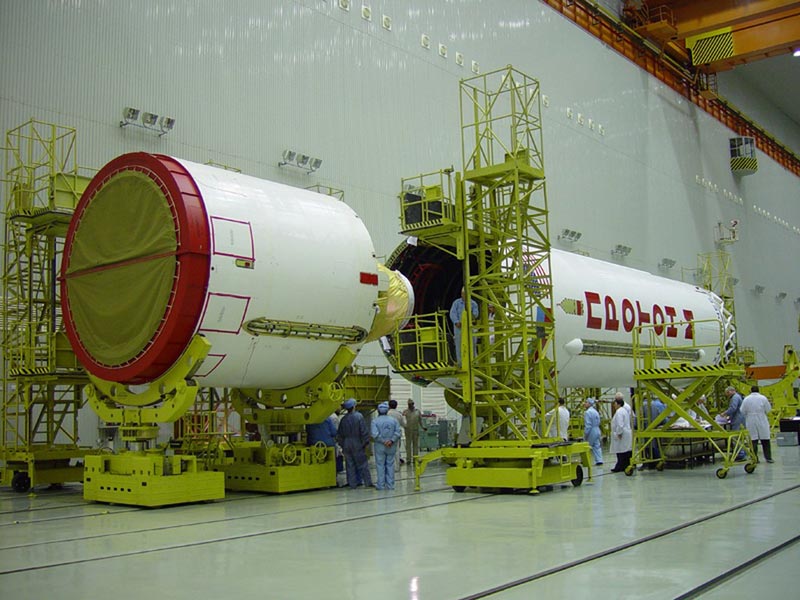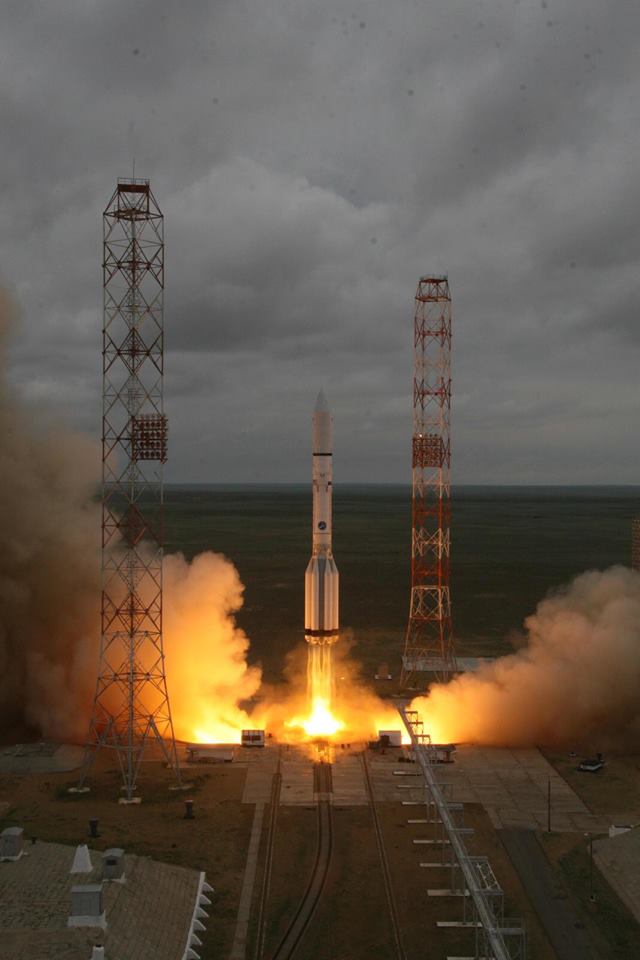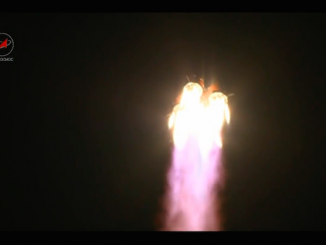
Russia has blamed a design flaw in the Proton rocket’s third stage that went undetected for decades as the cause of a May 16 launch failure.
The Russian space agency released the results of an investigation into the launch mishap Friday, and engineers concluded the Proton rocket’s third stage RD-0214 steering engine failed due to intense vibrations caused by an increasing imbalance in the rotor inside the engine’s turbopump.
Investigators said the material of the rotor was degraded by high temperatures, and the design of the system was misbalanced.
Roscosmos chief Igor Komarov ordered Proton-builder Khrunichev and its subcontractors to replace the rotor shaft with a unit manufactured with different materials, use different techniques to balance the rotor in the engine’s turbopump, and change the way the steering engine is attached to the frame of the third stage’s main engine.
The commission also “identified a number of inconsistencies” in the Proton’s quality control practices, according to a statement posted on the Roscosmos website.
The failure occurred about eight minutes after the Proton rocket lifted off from the Baikonur Cosmodrome in Kazakhstan with Mexsat 1, a Boeing-made communications satellite for the Mexican government.
Mexican authorities said the mission was insured for $390 million.
Officials said most of the rocket and the spacecraft likely burned up during re-entry into Earth’s atmosphere. A survey by Russian Earth observation satellites showed no signs of any debris impacts on the ground, according to Roscosmos.

Alexander Ivanov, the first deputy chief of Roscosmos, told reporters Friday that rotor shafts will be replaced in all turbopumps in the near future, according to Russia’s Tass news agency.
The same design flaw likely caused two other Proton third stage failures in 1988 and 2014, officials said.
“As we understand, the unit had been ‘unwell’ for quite a while, since 1988,” said Alexander Medvedev, general designer at Khrunichev, in a report published by Tass.
“We will be replacing the most vulnerable components,” Medvedev said. “Both elements of the turbo pump and the mounting structure are to be improved and replaced.”
Engineers mistakenly blamed last year’s Proton crash on a production defect in the the third stage steering system, but vibration sensors added to subsequent Proton missions in the aftermath of the May 2014 failure gathered data to help guide investigators studying the most recent mishap, according to a summary of Friday’s press conference posted on RussianSpaceWeb.com.
“As it turned out, under certain border-line conditions, an improperly balanced shaft of the turbopump tends to excessively vibrate, deform and fail,” RussianSpaceWeb.com reported. “Investigators determined that the same problem doomed three launches out of more than 400 Proton missions since 1965.”
Russia suspended Proton launches in the wake of the May 16 failure. Roscosmos said it would announce a new date for the next Proton flight in June.
Before last month’s failure, a commercial communications satellite owned by Inmarsat of London was next in line to launch on a Proton rocket.
International Launch Services, the U.S.-based company responsible for Proton rocket sales on the global market, is conducting its own review of last month’s crash before permitting the resumption of commercial Proton launches.
In the Tass report, Roscosmos chief Komarov promised “disciplinary and administrative measures” in connection to the Proton failure. He declined to offer specifics.
The botched Proton launch was the second major failure in Russia’s space program in less than a month.
The investigation into the loss of a Russian Progress supply ship after its April 28 launch to the International Space Station is not complete, but engineers have narrowed their focus on a rough separation of the cargo spacecraft from its Soyuz rocket booster.
The uncontrolled separation occurred after a decompression of the propellant tanks inside the Soyuz rocket’s third stage, Roscosmos officials said.
Email the author.
Follow Stephen Clark on Twitter: @StephenClark1.



